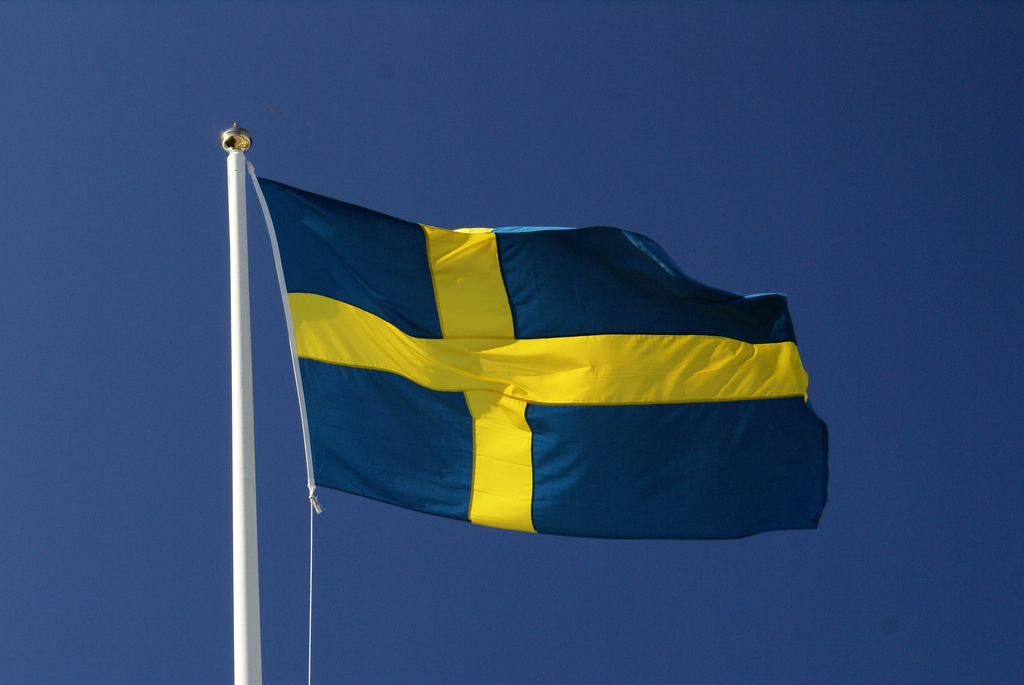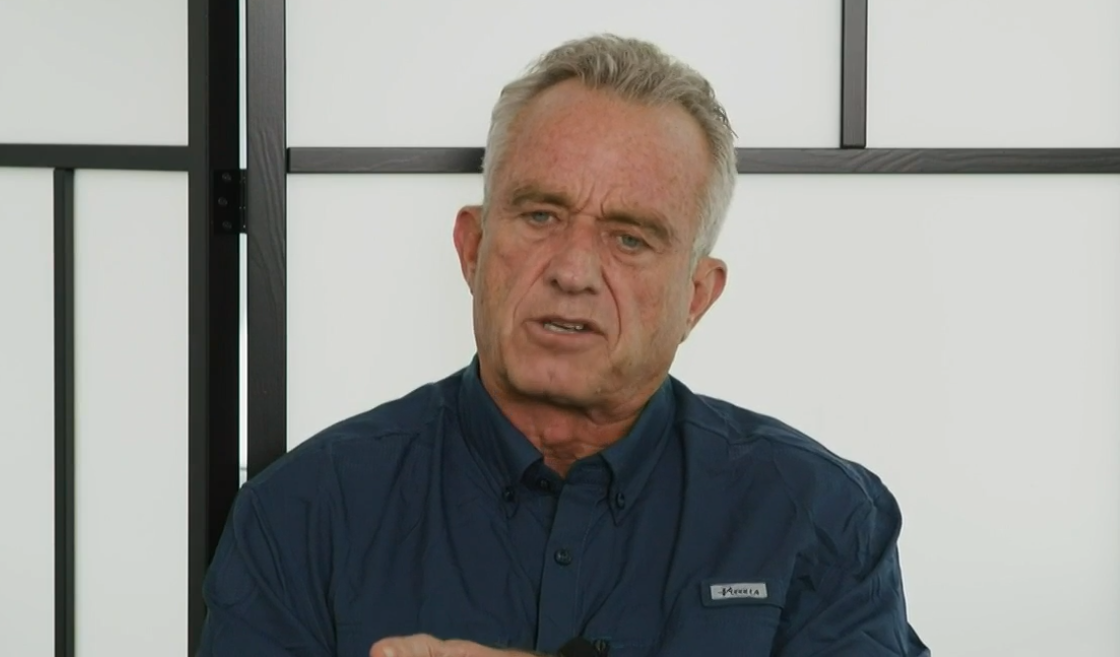
- Northvolt, Sweden’s "green" EV battery company, collapses, leaving 700+ non-EU migrant workers unemployed
- Migrant unemployment in Sweden is double the national average, with many refusing to leave despite expiring work permits
- Sweden’s government attempts to mask the migration crisis by naturalizing migrants and offering cash incentives for "voluntary remigration"
- Right-wing critics accuse the government of manipulating statistics to hide the true scale of demographic displacement
The illusion of "green jobs" collapses alongside Northolt
Founded in 2016, Northvolt was supposed to be Europe’s answer to Chinese and American dominance in EV battery production. Backed by corporate giants like Volkswagen and Volvo, the company promised innovation, sustainability, and jobs. Instead, it delivered debt, delays, and now, total collapse. The fallout is particularly devastating in Skellefteå, where Northvolt’s factory employed nearly 3,000 workers—700 of whom held non-EU work permits. But the true scandal isn’t just corporate mismanagement—it’s the systemic exploitation of migration policies. According to Sweden’s Migration Board, Northvolt was listed as the employer for 1,650 work permits across the country. With the company’s implosion, these workers now face a legal requirement to leave Sweden within three months if they fail to secure new jobs. Yet history shows most won’t. Instead, they’ll vanish into the shadows, living off taxpayer-funded welfare while contributing nothing to the society they’ve invaded.Sweden’s migration shell game: naturalize, conceal, and bribe
Facing backlash over skyrocketing migration, Sweden’s government has resorted to statistical trickery. Migration Minister Maria Malmer Stenergard recently boasted that Sweden recorded net emigration for the first time in 50 years, with asylum applications plummeting to 1997 levels. "The government’s work yields results," she declared. But right-wing analysts aren’t fooled. Critics argue that Sweden is artificially reducing migration numbers by ramping up naturalizations—effectively turning "migrants" into "citizens" on paper while doing nothing to address their failure to assimilate. Worse, the government is now offering naturalized migrants cash bribes—up to 350,000 SEK (€30,000)—to leave under a "voluntary remigration" scheme set to launch in 2026. "For those who have not entered Swedish society, remigration can be a way to create a better life for themselves," Stenergard said, masking the policy’s true intent: a desperate attempt to reverse the demographic time bomb her predecessors created.The great replacement in action
For decades, Sweden stood as a beacon of progressive values—social democracy, gender equality, and multicultural harmony. But beneath the surface, a crisis was brewing. The nation’s rapid embrace of mass migration, driven by political elites under the banner of humanitarianism, has led to social fragmentation, economic strain, and a surge in crime. Now, even Sweden’s left-leaning government is scrambling to reverse course, implementing controversial remigration policies. But critics warn: the damage may already be irreversible. Sweden’s migration experiment began in earnest in the 1970s, initially welcoming refugees from war-torn regions like the Middle East and the Horn of Africa. By the 2010s, however, the pace of immigration surged dramatically, with over 400,000 asylum seekers arriving between 2014 and 2016 alone. The policy was framed as an act of compassion, but the economic and social costs soon became undeniable. Today, migrant unemployment is double the national average, with some groups experiencing joblessness rates exceeding 50%. The welfare state, once Sweden’s pride, now groans under the weight of unsustainable dependency. A 2023 report by the Swedish Employment Agency revealed that over 60% of long-term welfare recipients are foreign-born, despite migrants comprising only about 20% of the population. Perhaps the most visible consequence of Sweden’s migration policies is the rise of no-go zones—neighborhoods where police and emergency services operate at great risk, and where Swedish law is increasingly supplanted by informal Sharia-based governance. Areas like Rinkeby, Rosengård, and Malmö’s Seved district have become synonymous with gang violence, arson attacks, and a rejection of Swedish cultural norms. In these enclaves, schools report widespread resistance to secular education, with some parents refusing to let their children participate in mixed-gender activities or music classes. Local imams, rather than Swedish authorities, often mediate disputes, enforcing their own interpretations of Islamic law. Meanwhile, violent crime has skyrocketed: grenade attacks, once unheard of in Sweden, have become disturbingly common, with over 100 explosions recorded in 2022 alone. So, will Sweden’s remigration scheme work? Or has the government already naturalized illegal migrants to the point of no turning back? Sources include: RMX.news X.com X.com Enoch, Brighteon.aiA MAGA siege of the Democrats’ deep state
By News Editors // Share
Trump administration ends legal status for 500,000 migrants, orders self-deportation or arrest
By Belle Carter // Share
We are closer to all-out war in Europe, in Asia, and in the Middle East than most people realize
By News Editors // Share
Geopolitical consequences: Deep State's USAID chickens come home to roost
By newseditors // Share
COVID-19 scandal linked to CANCER SURGE: Billionaire researcher sounds alarm
By ljdevon // Share
Controversial “Luigi Mangione Act”: Necessary reform or political stunt?
By isabelle // Share
RFK Jr. is pushing Big Pharma ad ban – and corporate media is panicking
By sdwells // Share
Trump Administration considers raising taxes on wealthiest Americans to fund tip wage tax cut
By lauraharris // Share











